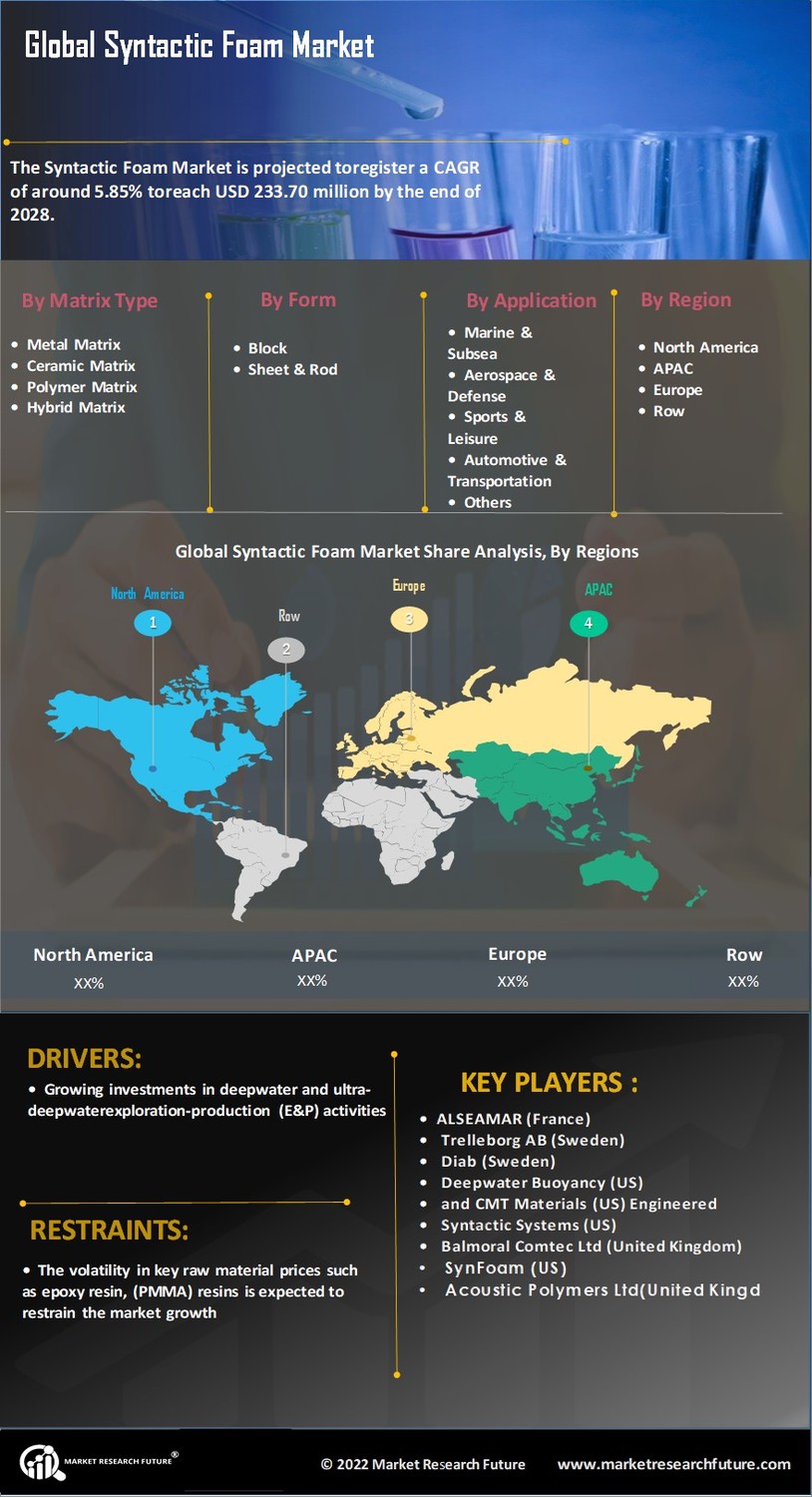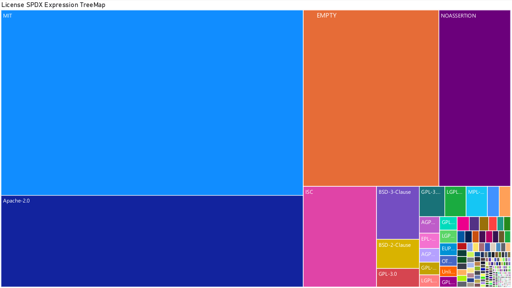Lighter, Stronger, Smarter: The Rise of Syntactic Foams
-
Syntactic Foams
Syntactic foams are advanced composite materials consisting of a matrix filled with hollow microspheres, typically made of glass, ceramic, polymer, or metal. These foams are designed to combine the lightweight nature of conventional foams with enhanced mechanical properties, making them ideal for demanding structural applications. Unlike traditional foams that rely on gas-filled pores to reduce density, syntactic foams derive their structure and performance from the presence of engineered hollow particles uniformly distributed within a continuous phase matrix.
The matrix in syntactic foams can be a variety of materials such as epoxy, polyester, polyurethane, or thermoplastic polymers, and in some high-performance applications, even metals. The hollow microspheres are the defining feature of syntactic foams. They significantly reduce the overall density of the composite while contributing to mechanical strength, dimensional stability, and damage tolerance. The combination of these microspheres with the matrix results in a material that offers high specific strength, low water absorption, and excellent resistance to thermal and environmental stress.

Syntactic Foam Market Size, Share, Growth | Report, 2030
Syntactic Foam Market is expected to reach a valuation of USD 233.70 Million with a positive CAGR growth of 5.85% within the forecasted period.
(www.marketresearchfuture.com)





